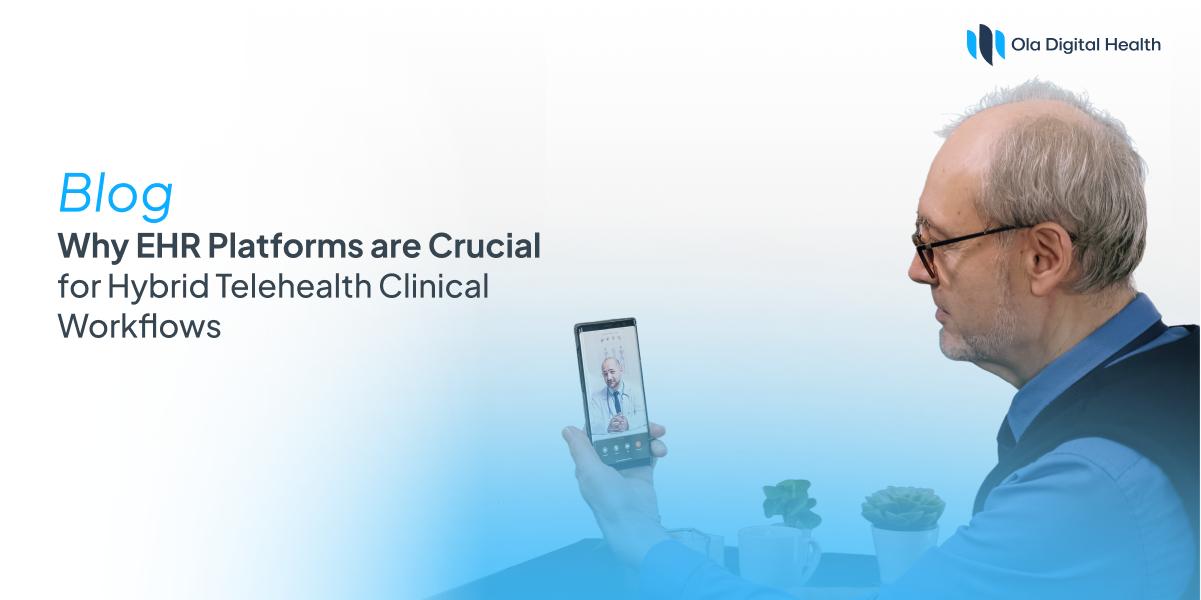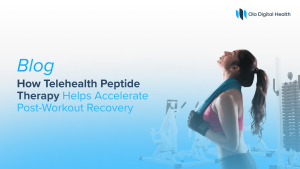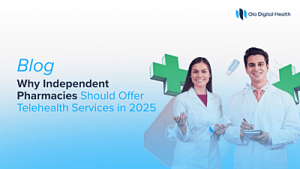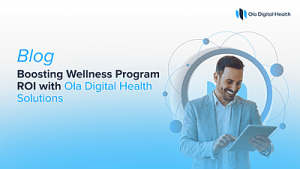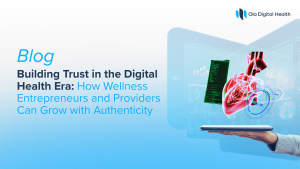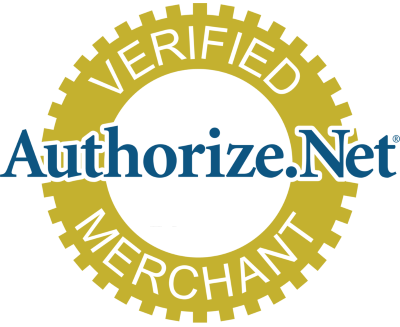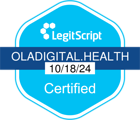Do you remember the time when healthcare was a straight line?
Patients booked an appointment, showed up in person, and providers worked through stacks of paper files or clunky desktop records. Then, everything changed. Telehealth became part of the mainstream, and suddenly, that straight line turned into a hybrid circle of in-person and virtual care.
In this new reality, the ability to manage both types of visits seamlessly is no longer a luxury; it is essential. This is where the right EHR Platform becomes the backbone of a hybrid clinical workflow.
The Hybrid Healthcare Shift
Hybrid healthcare combines in-person consultations with digital care channels such as video visits, remote patient monitoring, and chronic care management. It offers flexibility for patients, efficiency for providers, and an opportunity to expand access to care. But there is a catch.
Without the right tools, managing both worlds can feel like juggling while riding a bicycle.
Providers need a system that keeps all patient information accurate, secure, and instantly accessible, whether the interaction happens in an exam room or over a video call. This is where EHR technology, integrated with Telehealth solutions, becomes the game changer.
The Heart of the Hybrid Model: EHR Platforms
An EHR Platform does more than store patient records. It centralizes all data, integrates scheduling, supports billing, and ensures secure communication between care teams and patients.
In a hybrid setting, the EHR is not just the brain of your operation; it is also the connective tissue. It ensures that what happens in a telehealth consultation is instantly visible to the provider who sees that patient in person the following week.
Imagine this scenario:
A patient has a telehealth check-in for a chronic condition, and their vital signs are tracked through remote monitoring devices. A few days later, they come in for a physical exam. Without a connected EHR, these two visits could feel like separate stories. With the right platform, it becomes one continuous narrative.
Why Clinical Platforms for RTM and CCM Matter
One of the most powerful evolutions in digital health is the integration of clinical platforms for RTM / CCM (Remote Therapeutic Monitoring and Chronic Care Management).
These features allow providers to:
- Track patient progress remotely.
- Monitor medication adherence.
- Intervene early when health trends indicate risk.
When embedded within an EHR that is linked to Telehealth Platforms, RTM and CCM transform how providers engage with patients. Instead of episodic care, the relationship becomes continuous and proactive.
For example, a patient recovering from surgery could have their pain scores, mobility, and healing progress monitored from home. Alerts could be generated for the care team when values fall outside expected ranges, ensuring rapid intervention.
The Role of Healthcare IT Services in the USA
The U.S. healthcare environment is both highly advanced and highly regulated. Compliance requirements like HIPAA and CMS guidelines make it imperative that technology providers meet strict standards. This is why healthcare IT services in the USA have evolved to offer not only technology solutions but also strategic guidance on data security, interoperability, and workflow optimization.
According to the Office of the National Coordinator for Health Information Technology (ONC), nearly 90% of office-based physicians in the United States now use an EHR system. This widespread adoption shows how critical EHR technology has become, especially in hybrid care models.
However, many of these systems were not designed with telehealth in mind. This is where modern EHR platforms integrated with Telehealth solutions can bridge the gap, allowing seamless management of both virtual and in-person visits.
Telehealth Platforms and Their Role in Hybrid Care
Telehealth Platforms are the digital front doors to care. They enable scheduling, secure video calls, digital prescriptions, and follow-up management.
When these platforms are standalone, they create friction. Patients may have one portal for telehealth visits and another for in-person care, leading to confusion and poor engagement.
The magic happens when telehealth capabilities are directly embedded in the EHR. This integration means:
- One login for patients and providers.
- Unified records.
- Streamlined billing processes.
- Consistent patient experience.
In short, the best Telehealth solutions are those that work hand in hand with your EHR to deliver a single source of truth.
Overcoming Common Hybrid Workflow Challenges
1. Information Gaps
When in-person and virtual visits are logged in separate systems, it is easy to miss critical updates. Integrated EHR and telehealth workflows close these gaps instantly.
2. Staff Training
Hybrid care requires staff to be proficient in multiple systems. Consolidating tools into one EHR with telehealth functionality simplifies training and reduces frustration.
3. Compliance and Security
Separate systems may have different compliance measures, which can create risk. A unified EHR platform that is designed for both in-person and telehealth care ensures consistent adherence to HIPAA and other regulations.
4. Patient Experience
Patients expect healthcare to be as easy as online shopping. Unified systems create a smoother, more professional experience that improves satisfaction and retention.
Real-World Impact of Integrated EHR in Hybrid Care
Let’s say a rural clinic starts offering telehealth to extend its reach. Without an integrated EHR, the provider must manually enter data from the telehealth platform into the patient record. This duplication is not only inefficient but also increases the risk of errors.
With an integrated EHR Platform that supports RTM, CCM, and telehealth, the same clinic can:
- Track patient metrics between visits.
- Automate billing for chronic care management.
- Maintain up-to-date patient histories in real time.
The result? Providers spend less time on paperwork and more time on care. Patients receive more timely interventions and better health outcomes.
The Future of Hybrid Telehealth Workflows
The trend toward hybrid care is not slowing down. Patients appreciate the flexibility, providers see the efficiency, and healthcare systems recognize the cost savings.
The future will likely bring even deeper integration between EHR, telehealth, and patient monitoring systems. Artificial intelligence will assist with risk prediction, scheduling optimization, and even clinical decision support.
For providers and administrators, the takeaway is clear. Investing in an EHR Platform that can manage the full spectrum of hybrid care is not just a smart move; it is a necessary one.
Why Ola Digital Health Fits the Bill
While many vendors offer EHR and telehealth tools, not all are built with hybrid workflows in mind. Advanced Telehealth Platforms like Ola Digital Health deliver exactly what modern providers need:
- A unified EHR Platform with built-in telehealth capabilities.
- Support for clinical platforms for RTM / CCM so providers can manage chronic conditions effectively.
- Expertise in healthcare IT services in the USA ensuring compliance, security, and seamless integrations.
- Customizable Telehealth solutions that fit the needs of clinics, hospitals, and specialty care providers.
If you are ready to streamline your hybrid workflows, reduce administrative overhead, and improve patient care, the next step is simple.
Schedule a call with our expert today and get in touch to discover how Ola Digital Health can transform your hybrid clinical workflows into a model of efficiency and patient satisfaction
